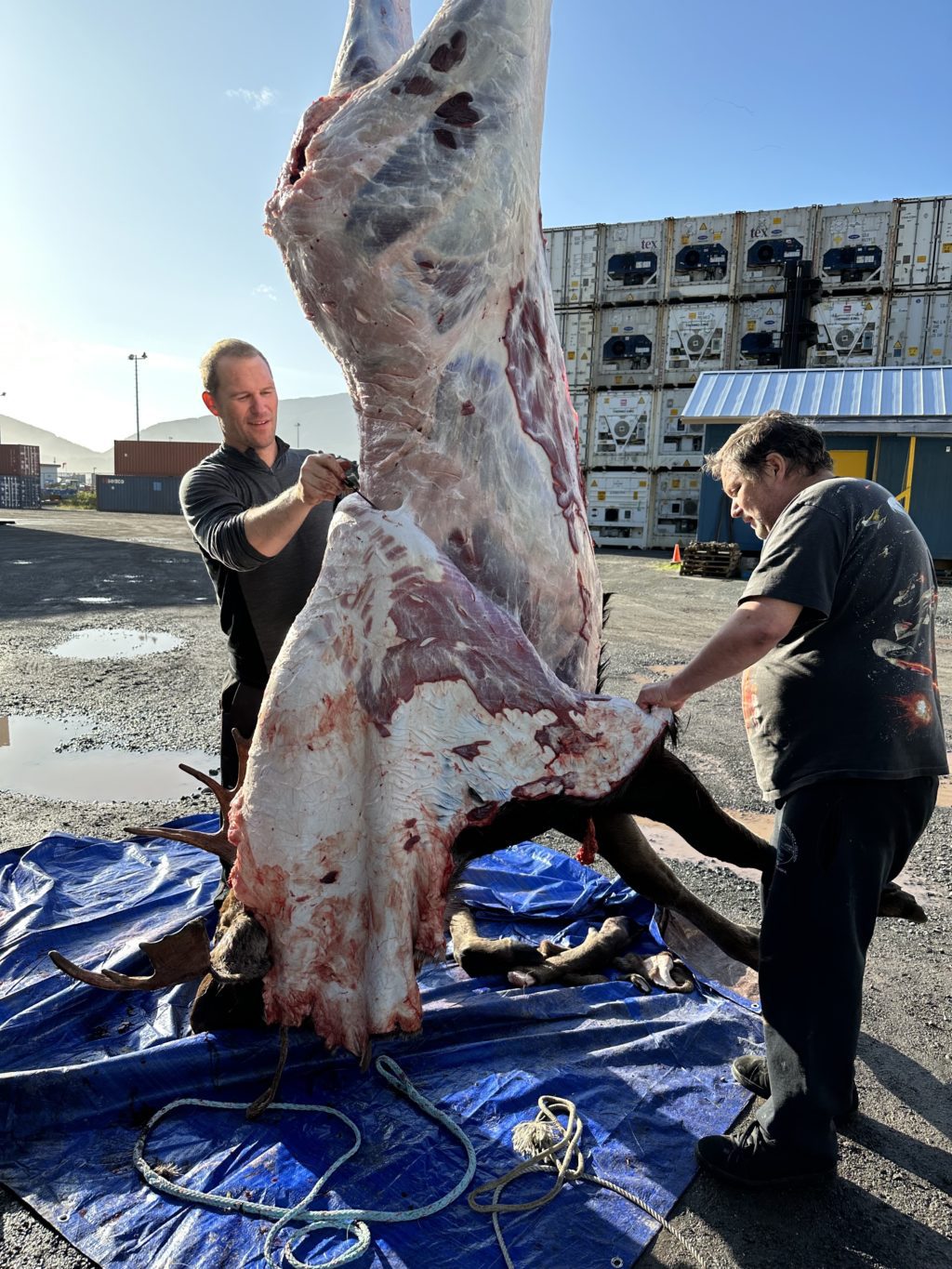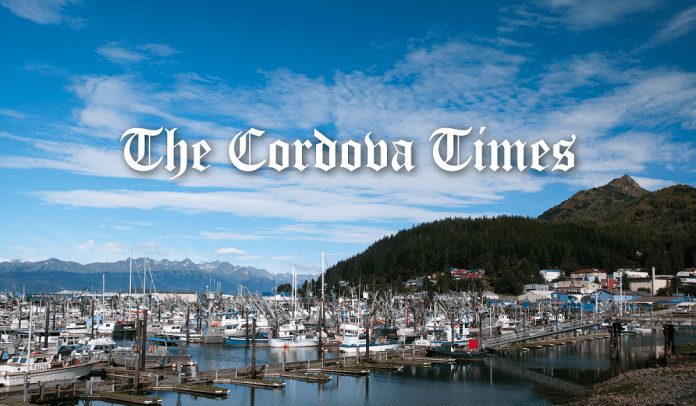
As the commercial and sport salmon season winds down, Cordovans look forward to hunting season along the southcentral coast.
Mark Henneker, owner of Henneker Arms in town, provides hunters with firearm services such as cleaning and sighting. He says people come to pick up ammo and prepare for deer and moose season beginning around August. Henneker says that hunters typically get their rifles serviced either before or after the season.
He always encourages people to care for their rifles throughout the season to ensure proper function, since simple habits can keep hunting rifles functioning well for many years.
“The best thing to do is to put it away clean at the end of the season,” Henneker said.
The Alaska Department of Fish and Game (ADF&G) Management District Unit 6 includes Prince William Sound and the north Gulf Coast. Large target species for hunters in the area are Sitka black tail deer and moose. Both the deer and moose were introduced into the area and in the case of deer, represent the northern most population of their species.
Hunting season for Sitka black tail opened on Aug. 1 for bucks. Doe season will open on Oct. 1 and any deer may be harvested until Dec. 31. Harvest requires a ticket and the bag limit for residents is five deer. Typically, the deer population thrives in the Sound thanks to the mild maritime climate. The old-growth forest habitat of the larger islands shades most of the winter’s snow, leaving open valuable food foraging opportunities for deer.
Charlotte Westing, wildlife biologist for ADF&G in Cordova, says that while the deer population is down a bit from previous years, overall the numbers remain moderate.
“Last year we didn’t see any further decline in population,” she said.
Westing explains common pressures for the deer population in the Sound include hunter take of breeding females and the effects of heavy snow seasons.
“I don’t think last winter was bad, but in 2021 we did receive a lot of snow,” she said.
November and December are often difficult times of the year for deer. Mortality is higher for bucks and fawns during heavy snow events. Deer pellets are sampled to assess diet and health in the spring following hunting season. Due to the logistics of this sampling technique, Westing says that biologists are not able to see the full impact of winter conditions on deer health in-season. She says that ADF&G expects to see some ups and down in the population over the years.
“These deer are the northernmost of their population in Alaska, so it’s natural that we are seeing some fluctuations,” Westing said.
As for moose in the Cordova area, state moose accounts for 25% of the total bull quota. The West Delta hunt is a federally administered hunt managed by the ADF&G.
Moose were first introduced onto the Delta in the 1950s and have grown to a sizable population over the years. As of Tuesday, more than three-quarters of the Martin River harvest had been taken, according to ADF&G.
Westing and her colleagues are currently conducting a sampling program for any moose that is harvested in the area. Westing says she is interested in expanding on existing datasets from the ‘70s and ‘90s to better assess the current population.
For bull moose specifically, sampling of antler cores is conducted in order to explore trace mineral differences present in the moose population from the region. Westing is also measuring teeth from any moose harvested, cow or bull, to determine the age structure of animals taken by hunters.
Westing says that the moose harvest and sampling program are going well so far despite the fall rains.
“The weather has been hard for people but they’re still getting out there and finding animals,” she said.
Participating in the sampling program is voluntary for local hunters and the data is intended to help ADF&G better understand the overall moose population structure.









